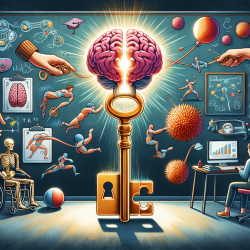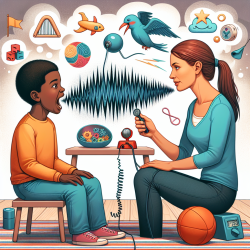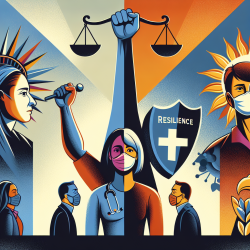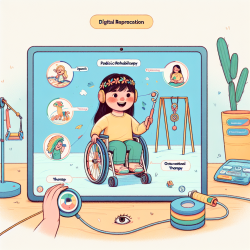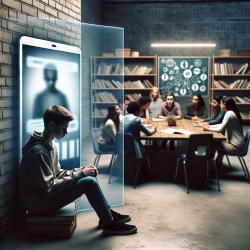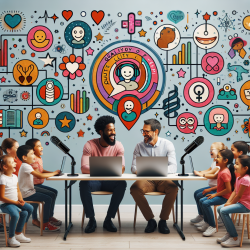As a therapist working in an educational setting, you know that understanding and applying the right motor learning models can make a world of difference in your students' progress. The recent research article, Always Pay Attention to Which Model of Motor Learning You Are Using, sheds light on various motor learning models and their applications. This blog aims to distill the key takeaways from this research and provide practical advice for improving your therapy skills.
Understanding Motor Learning Models
The research categorizes motor learning models into several types, each with unique approaches and benefits. Here's a brief overview:
- Repetitive Learning (RL): Focuses on imitating and repeating movements to achieve automation and perfection.
- Discovery-Based Learning (DBL): Emphasizes hands-on exploration and problem-solving with minimal guidance.
- Methodical Series of Exercise (MSE): Involves step-by-step learning through increasingly difficult exercises.
- Methodical Game Series (MGS): Uses simplified games to gradually teach complex movements.
- Variability of Practice (VP): Stabilizes movements by repeating invariant elements with variable parameters.
- Contextual Interference (CI): Enhances learning by interleaving practice of different movements.
- Differential Learning (DL): Introduces stochastic perturbations to encourage self-organization and learning through variability.
Practical Tips for Implementing Motor Learning Models
Applying these models effectively can help you tailor your therapy sessions to better meet the needs of your students. Here are some practical tips:
- Assess Individual Needs: Understand each student's unique requirements and select the appropriate motor learning model. For instance, use RL for students who need to perfect basic movements and DBL for those who thrive on exploration.
- Incorporate Variability: Use the VP and DL models to introduce variability in practice. This can help students adapt to different conditions and improve their overall motor skills.
- Gradual Complexity: Start with simple exercises and gradually increase complexity, as suggested by the MSE and MGS models. This approach helps students build confidence and competence step-by-step.
- Encourage Self-Discovery: Allow students to explore and find solutions on their own, as emphasized in the DBL model. This fosters critical thinking and problem-solving skills.
- Mix It Up: Use the CI model to interleave different movements during practice. This can improve long-term retention and transfer of skills.
Encouraging Further Research
While the research provides a solid foundation, there's always room for further exploration. Encourage your colleagues and students to engage in ongoing research to discover new insights and refine existing models. Sharing findings and experiences can contribute to the collective knowledge and improve therapy practices across the board.
To read the original research paper, please follow this link: Always Pay Attention to Which Model of Motor Learning You Are Using.
